Rancilio Silvia
Retail Price
$830.00
Lowest Price
$807.00
Release Date
2009
The Rancilio Silvia is a great home espresso machine but has some quirks and limitations, though once one knows how to work with them, they will be rewarded with delicious espresso. Newbies are encouraged to not let the learning curve put them off.
Purchase Links
Overview
- Steaming Power
- Target Market
- Durability
- Build
- Recommendation
- Alternative
- Performance
- User-friendliness
- Overview
- Positive
- Negative

Lifestyle Lab

Gear Lab - Max Mutter and Steven Tata

Lifestyle Lab

Seattle Coffee Gear

Gear Lab - Max Mutter and Steven Tata

Sip Coffee - Miguel Papa

Sip Coffee - Miguel Papa

Home Grounds - Julia Bobak

Gear Lab - Max Mutter and Steven Tata
Pros & Cons
- Pros
- Cons
- Don’t Buy If…
- Positive
- Negative

Seattle Coffee Gear

Sip Coffee - Miguel Papa
Build & Design
- Back Flush Disc
- Baskets
- Boiler
- Brewing Capacity
- Build
- Buttons
- Casing
- Clearance
- Design
- Energy
- Footprint
- Grinder
- Grouphead
- Heating Element
- Overflow
- PID
- Portafilter
- Power
- Pressure Gauge
- Pump System
- Size
- Solenoid Valve
- Steam Wand
- Tamper
- Thermostat
- Water Tank
- Weight
- Positive
- Negative

Seattle Coffee Gear

Home Grounds - Julia Bobak

Home Grounds - Julia Bobak

Seattle Coffee Gear

Seattle Coffee Gear

Seattle Coffee Gear

Sip Coffee - Miguel Papa

Sip Coffee - Miguel Papa

Home Grounds - Julia Bobak

Home Grounds - Julia Bobak

BeatTheBushDIY

Home Grounds - Julia Bobak

Home Grounds - Julia Bobak

Seattle Coffee Gear

Sip Coffee - Miguel Papa

Home Grounds - Julia Bobak

Seattle Coffee Gear

Home Grounds - Julia Bobak

Lifestyle Lab
Features & Performance
- Backflushing
- Brewing Process
- Durability
- Espresso Brewing Process
- Extraction
- Froth-Assist
- Limescale
- Milk Frothing
- Performance - Steaming
- Start-Up
- Taste
- Temperature Surfing
- Usage
- User - Friendliness
- Positive
- Negative

Home Grounds - Julia Bobak

SPANH0BGH0BLIN1

Home Grounds - Julia Bobak

Sip Coffee - Miguel Papa

Lifestyle Lab

Sip Coffee - Miguel Papa

Gear Lab - Max Mutter and Steven Tata

Home Grounds - Julia Bobak

Sip Coffee - Miguel Papa

Home Grounds - Julia Bobak
Cleaning & Maintenance
- Cleaning
- Maintenance
- Positive
- Negative

Rashkh
Comparison
- Rancilio Silvia vs Gaggia Classic Pro
- Positive
- Negative
Miscellaneous
- Buying Second-Hand
- Downside - Boiler
- Improvements - Maintenance
- Espresso Recipe
- Guide & Forum
- Rust
- Value
- Worth
- Positive
- Negative

Home Grounds - Julia Bobak

Lifestyle Lab

DaveT72

Rashkh

Dochart118

Mountainpwny

Gear Lab - Max Mutter and Steven Tata

Sip Coffee - Miguel Papa

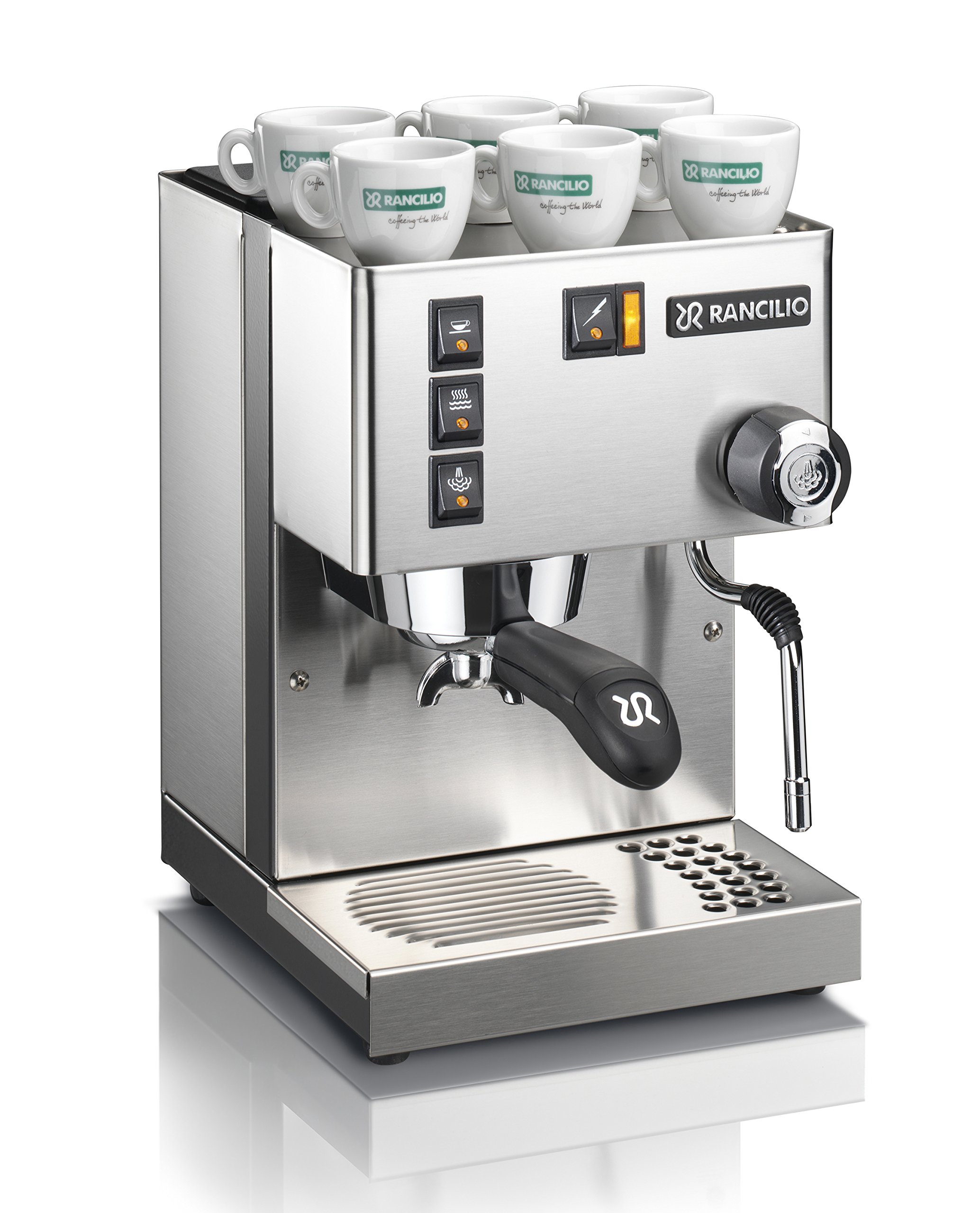
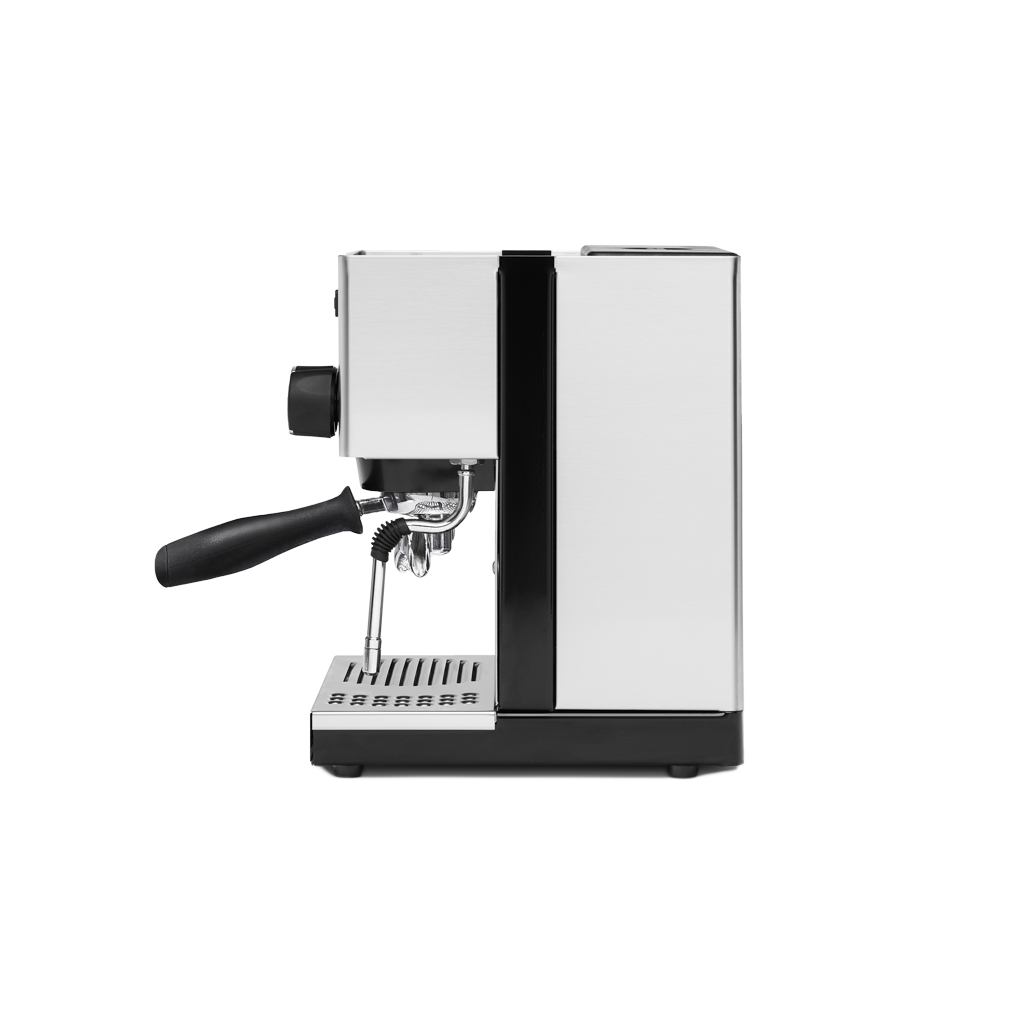
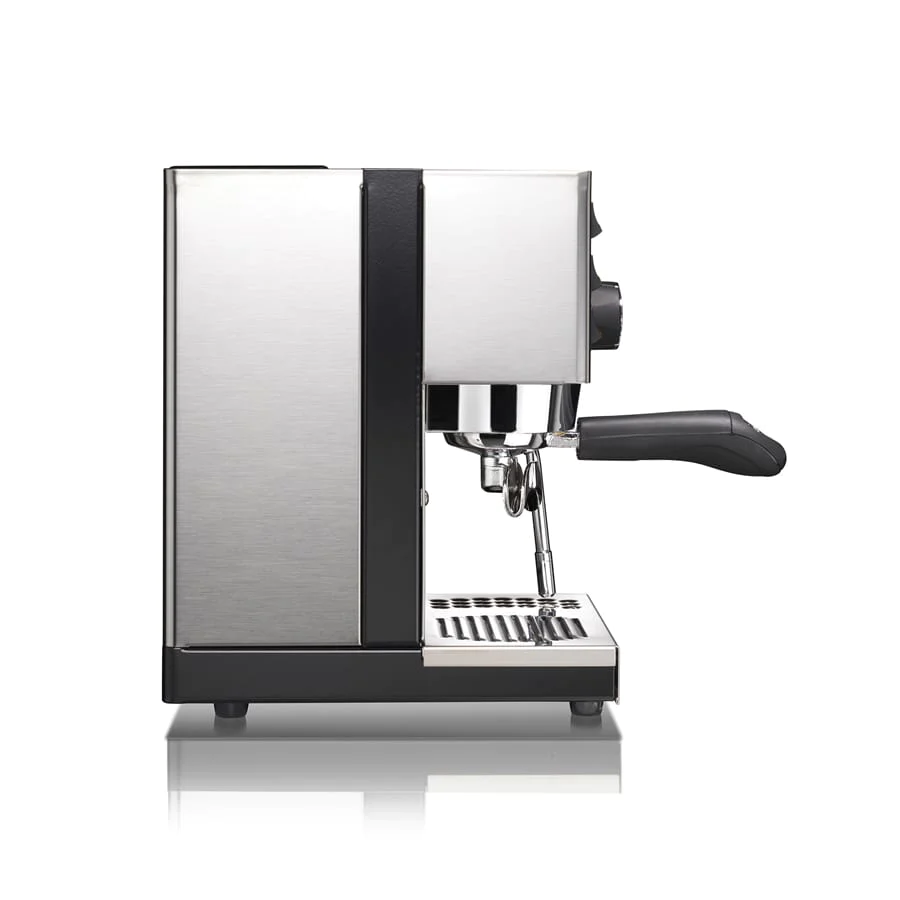
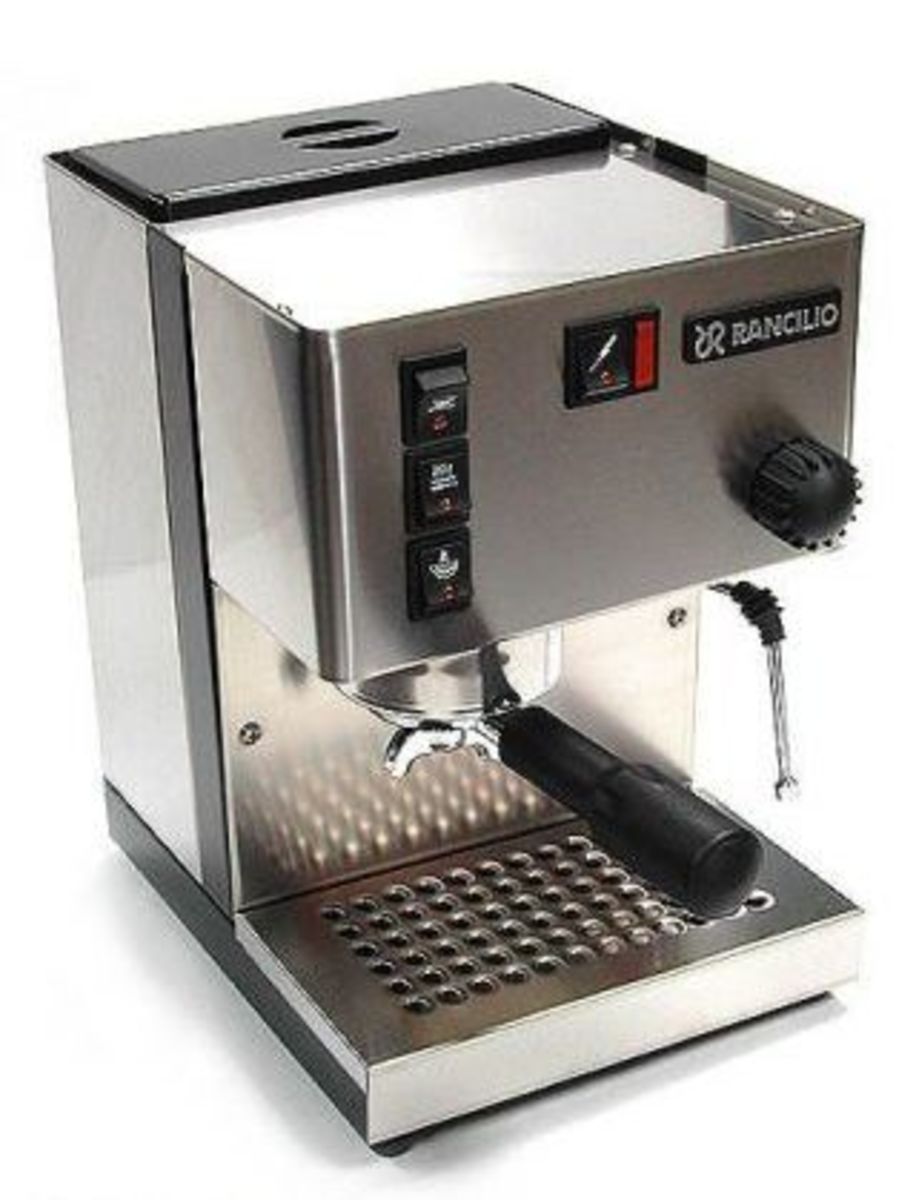
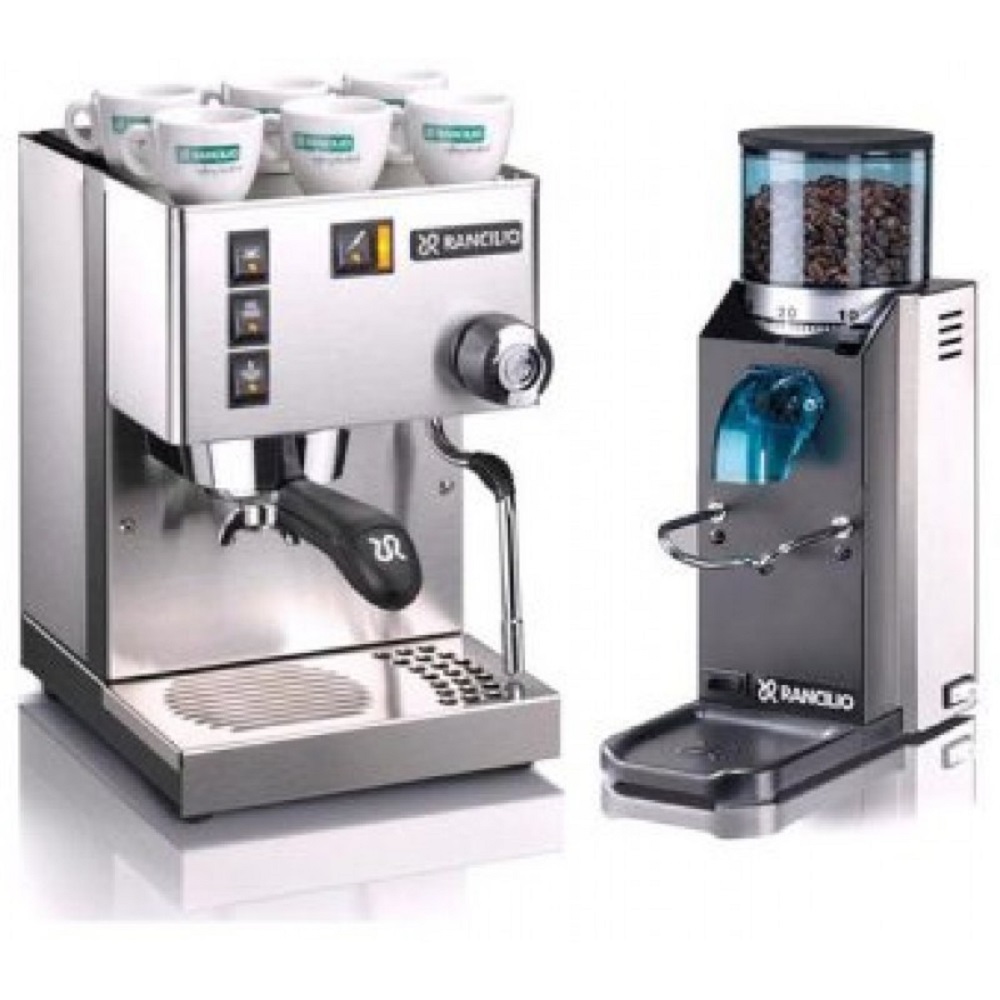


Comments